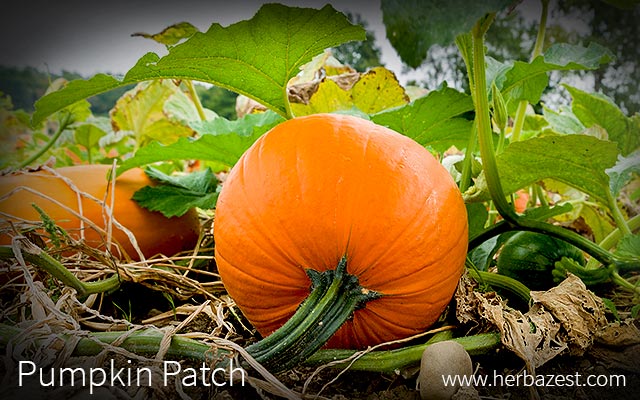Pumpkin patches are more than just fun places to spend a day with kids. For one thing, they possess unique economic implications for many rural communities throughout the nation. However, they are also prized for the cultural legacy they preserve, which stretches as far back as before the 16th century. Unifying agriculture, tourism, and leisure, the pumpkin patches of today have grown increasingly prevalent in North America and all over the world.
Origin of Pumpkin Patches
Theodore de Bry was a late 16th century Dutch engraver best known for his depictions of life in the New World after Europeans had settled there. Indeed, Native American cultivation of the pumpkin plant was well documented by notable European explorers, such as Christopher Columbus, Jacques Cartier, and Captain John Smith. However, de Bry's 1590 engraving of the village of Secotan, located in present-day North Carolina, is thought to be the first visual representation of a pumpkin patch. The image depicts a densely-populated field of pumpkins as the focal point of a thriving agricultural community filled with both working farmers and people socializing.
Pumpkin Patches Across North America
With their far-reaching vines, pumpkins are often relegated to rural areas - which have historically lacked the same allure and opportunities for economic advancement as larger American cities, but which nonetheless provide the necessary space for pumpkins to spread out and thrive.
In North America, pumpkin patches have developed into highly-sophisticated centers of agritourism, where members of the general public share recreational and educational experiences on private farms. Selecting the perfect pumpkin, enjoying music and live entertainment, going on hayrides, and sampling artisanal desserts and beverages are among the best things to do at a Halloween pumpkin patch.
The Biggest Pumpkin Patch in North America
While many pumpkin patches make up only a small portion of a much larger farm, some of the biggest are the 20-acre pumpkin patch at Craven Farm in Snohomish, Washington, and the 30-acre Jumbo's Pumpkin Patch in Middleton, Maryland.
In addition, honoring the oversizing Texas tradition, though it harbors many other species, the 66-acre Dallas Arboretum and Botanical Garden managed to create a whole village with 75,000 pumpkins for its 2015 fall festival.
Pumpkin Patches Around the World
Estimates cite the English town of Spalding, Lincolnshire, as the biggest European pumpkin patch - it produces a staggering 100,000 pumpkins daily.
As is the case in the U.S., some pumpkin patches around the world may also be combined with larger farms and local pumpkin-themed events. The festival in Ludwigsburg, Germany, for example, is the largest in the world of its kind. Thousands of small and large-scale pumpkin patches can be found on every continent except Antarctica.
Importance of Pumpkin Patches
The Halloween pumpkin patch as it is now has its origins after the Second World War. Though jack-o'-lanterns had already been popularized, pumpkins were still considered minor crops until this period, in which trick-or-treating skyrocketed across the U.S.
Recognizing an opportunity for economic prosperity, rural farmers and merchants began harvesting pumpkins with a purpose, offering the public direct invitations to their farms in an effort to cut out the middlemen and take charge of their own commerce.
In the U.S. alone, more than 90,000 acres of pumpkins are planted annually.
The pumpkin patch is of immense cultural and economic value to small towns, where it has become deeply engrained into the American identity. While some present-day pumpkin patches are nearly unrecognizable from those observed in the 16th century village of Secotan, they still maintain the same spirit of friendly commerce and goodwill that make them an obligatory component of any traditional, Halloween-themed itinerary.
Sources
- Agricultural Marketing Research Centre, Agritourism: Ideas and Resources
- Dallas Arboretum and Botanical Garden, The Dallas Arboretum Kicks off Autumn at the Arboretum With its Nationally Acclaimed Pumpkin Village Created with More Pumpkins, Gourds and Squash Than Ever at 75,000
- Penn State University, Extension, Pumpkin Production
- Pumpkin: The Curious History of an American Icon
- The Colonial Williamsburg Foundation, Some Pumpkins! Halloween and Pumpkins in Colonial America
- University of Virginia, Cooperative Extension, Agritourism: Ideas and Resources
- USDA Economic Research Service, Pumpkins: Background & Statistics




